eWEEK content and product recommendations are editorially independent. We may make money when you click on links to our partners. Learn More.
YouTube is pushing back against fears that it’s cracking down on AI-generated content. After backlash from creators over an upcoming monetization policy update, the platform says it still welcomes AI tools, so long as creators follow the rules.
The response follows confusion over a July 15 update that some believed would expand restrictions on content made with the help of AI. YouTube has clarified that the change is minor and reaffirmed its commitment to original, authentic material, while addressing mounting concerns across the creator community.
The change isn’t actually new
In its official announcement, YouTube said the July 15 update is not a new policy, but a clarification of existing guidelines. The company is renaming its “repetitious content” rule to “inauthentic content” to better reflect which videos are ineligible for monetization.
YouTube emphasized that it has always required creators to produce original and authentic content, and the upcoming update is simply meant to clarify what “inauthentic” looks like today.
The revised wording is intended to help identify videos that are mass-produced or highly repetitive, formats the platform says have long been disqualified under its monetization standards. Examples include channels that post nearly identical narrated slideshows or minimally altered story variations.
Rene Ritchie, YouTube’s creator liaison, issued further clarification after the announcement sparked confusion across parts of the creator community.
“This is a minor update to the company’s long-standing YouTube Partner Program (YPP) policies,” he said in a video, adding that the goal is to “better identify when content is mass-produced or repetitive.”
YouTube also confirmed that its reused content policies, including commentary, compilations, and reaction videos, remain unchanged. These formats can still be monetized if they include significant original input or transformative value.
No blanket AI ban
The streaming platform also clarified that using AI tools does not automatically disqualify content from monetization. Channels may continue using generative AI, but must comply with platform rules around disclosure and monetization.
This isn’t surprising given YouTube’s own use of artificial intelligence to support human reviewers in moderating content and enforcing policies at scale.
Monetizing AI is one thing, moderating it is another
YouTube’s decision to allow AI-generated content under its monetization rules may raise another question: Will it also tighten its standards for moderation? Tools that can create deepfakes or mimic voices of real people are now widely available, increasingly convincing, and easily accessible for both use and misuse.
Disclosure is required, but enforcement is less clear. If AI content is eligible for revenue, it’s worth asking whether the same level of scrutiny will apply to how that content is reviewed to limit the risk of abuse.
AI has begun taking over online media. Learn how AI is expected to affect music revenues and the audiovisual industry by 2028.

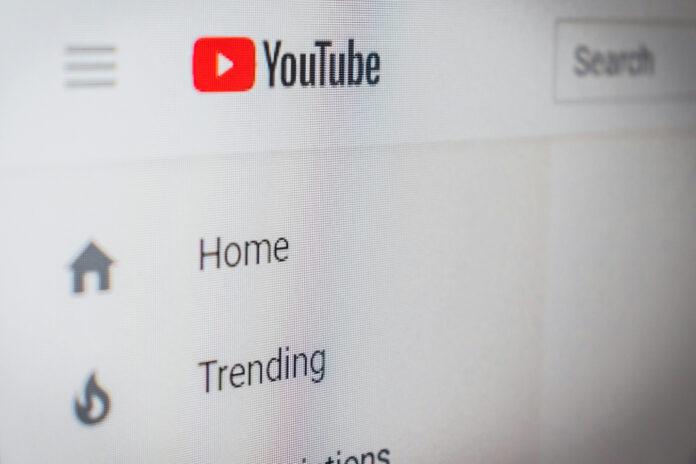
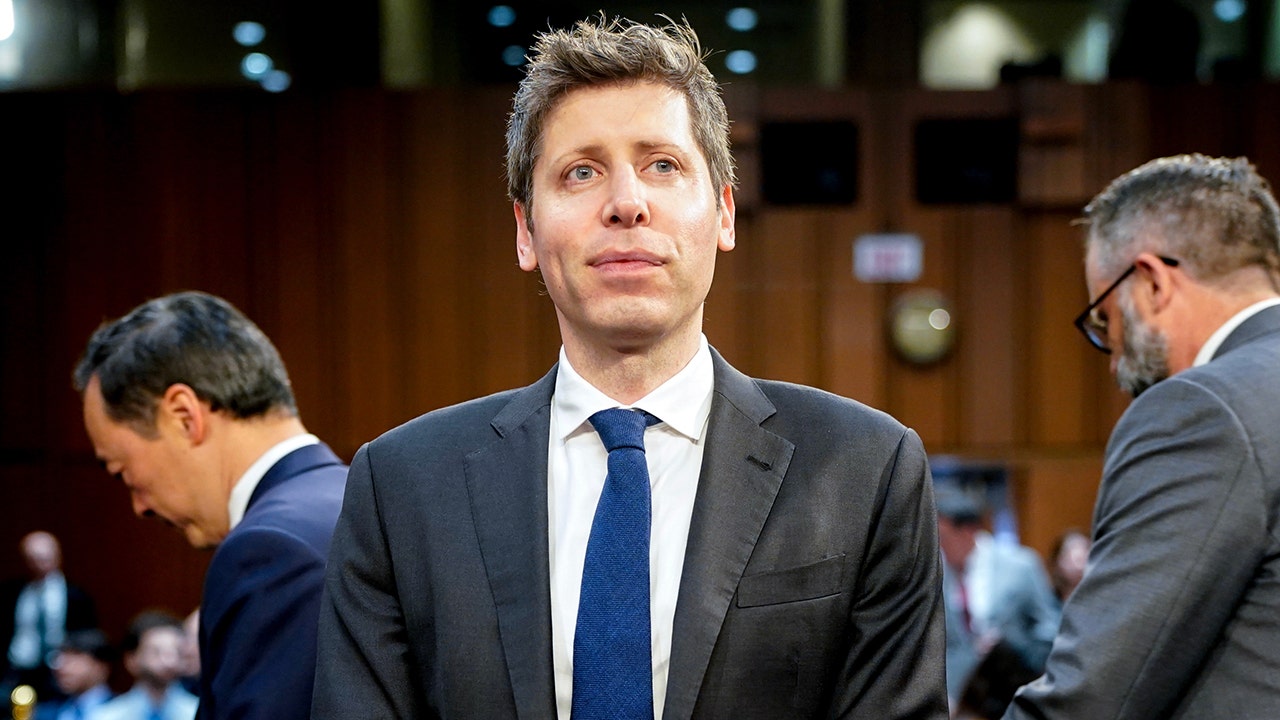
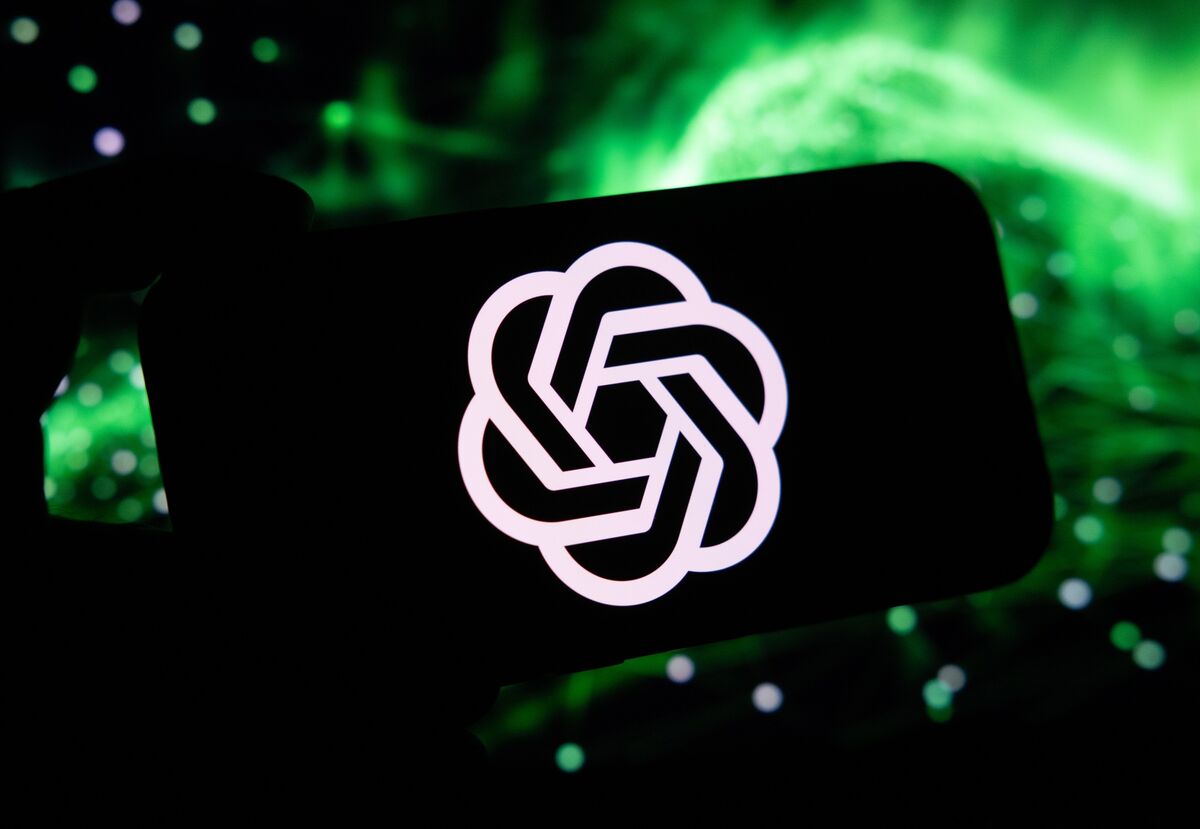

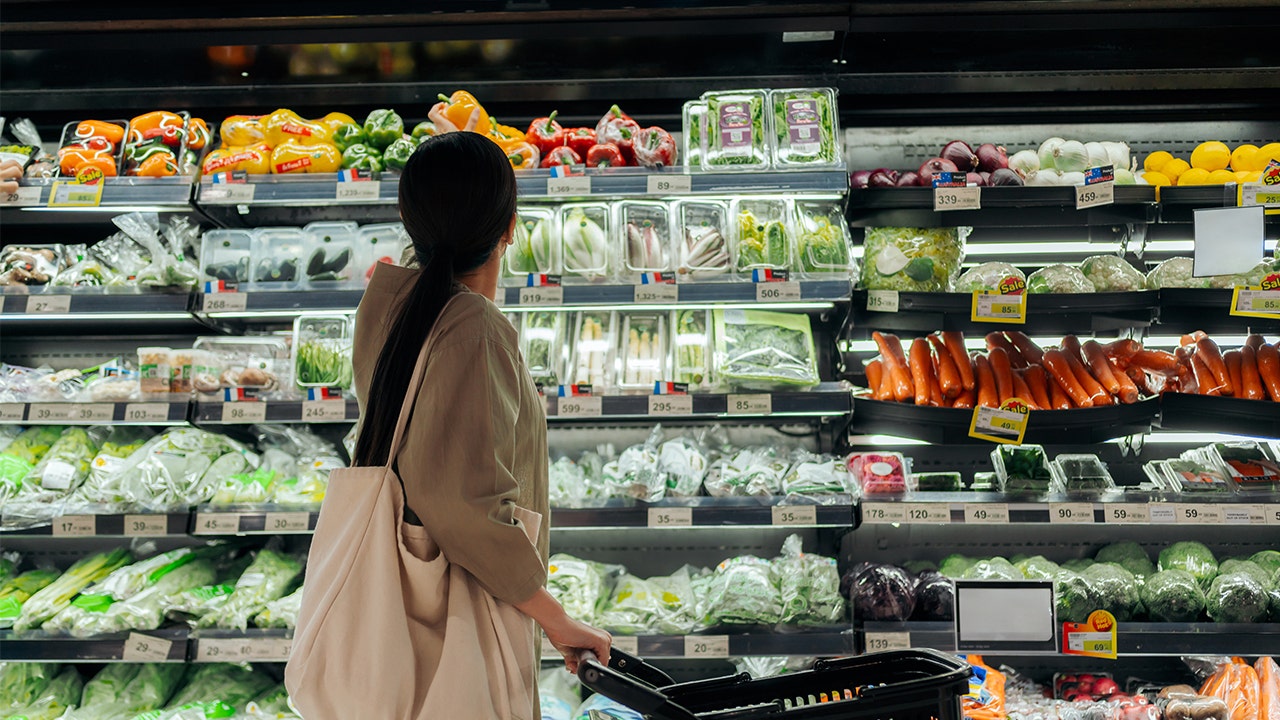


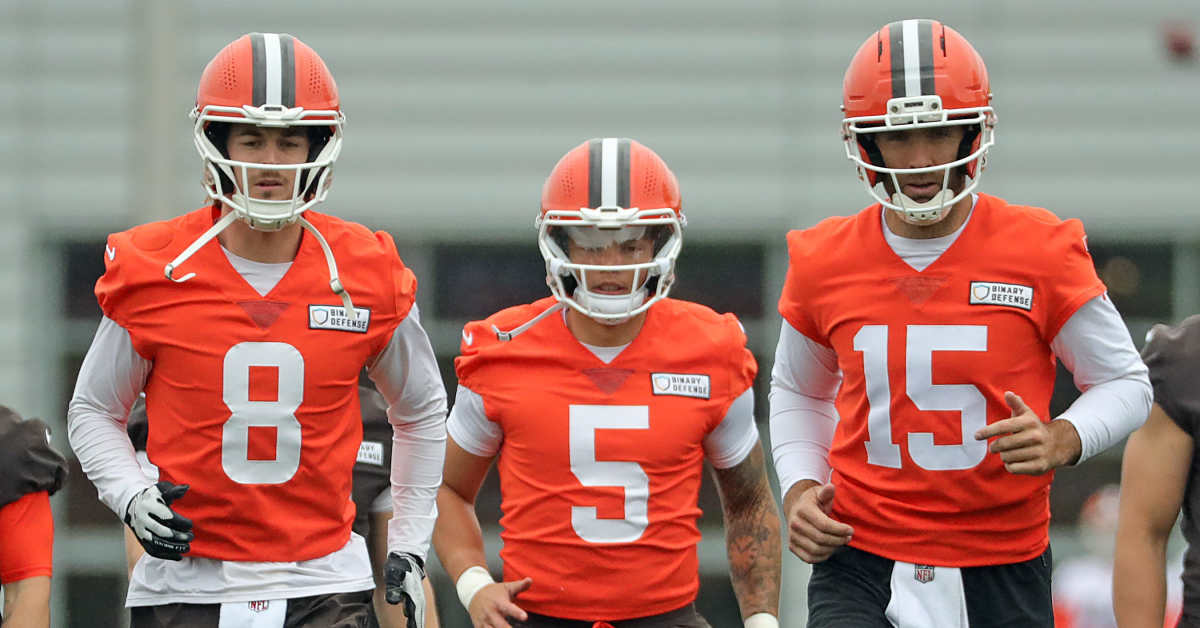

 English (US) ·
English (US) ·